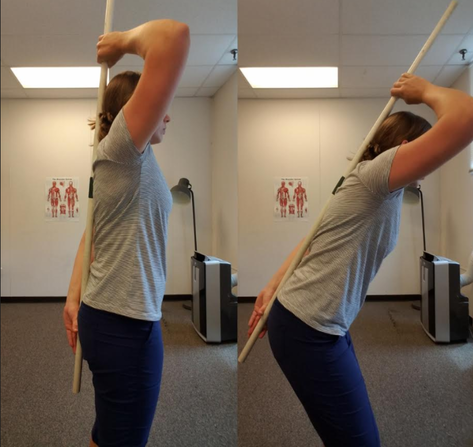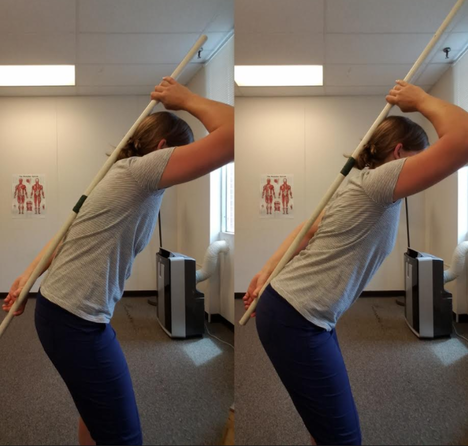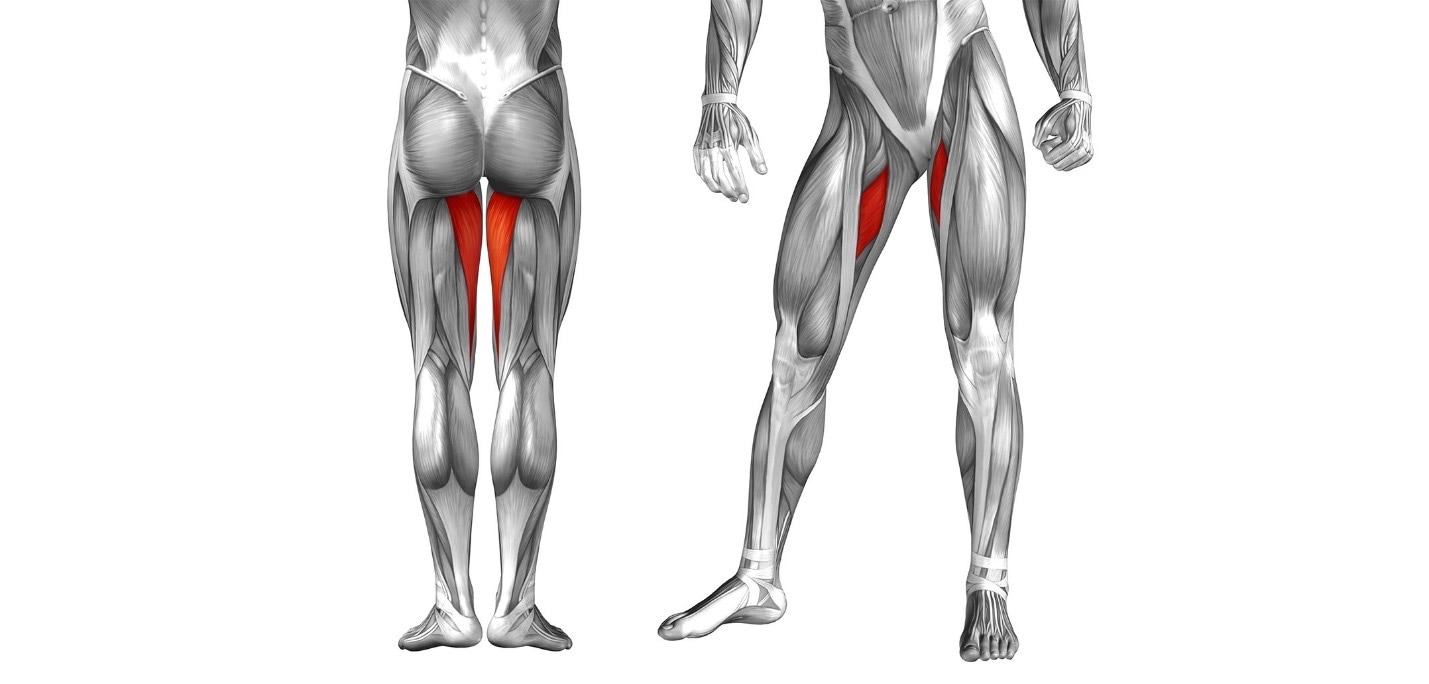Why Mobility Won't Help Your Squat
May 31, 2017Often times, patients that have trouble or pain with squatting can chalk it up to mobility issues. Ankles and hips seem to be the major culprits. But what if mobility isn’t YOUR problem? Even if you have an ATG (deep) squat you may still experience:
Back and/or hip pain
Hamstrings and glutes not getting stronger
Increased soreness in the inner thigh (adductors)
Plateau of performance in squat based activities
Does this sound like you? Keep reading.
Motor control is the process of using the neurological system to coordinate your muscles and limbs as you perform a skill. Without motor control, we will have trouble controlling our body in space. This can lead to undesirable positions while we are under a weighted barbell.
Unfortunately, many of us do not have ideal motor control—particularly as we add fatigue to the system. Fatigue can come in the form of heavier weight or multiple reps. How do we judge motor control from the outside? Technique. Form.
So we know you have an ATG back squat with the chest upright and feet flat. If you add weight and that changes, you need to practice motor control. This is rewiring the system so that as we move our extremities or add weight to lifts, the form looks the same as squat without weight.
Many times this has to do with the initiation of the squat. It should always start with a hip hinge. Now, some athletes who think they are hinging are simply over-extending their back. This means they send their hips “back” by poking the pelvis back and allowing the ribs to flare up. Rather, the space between your ribs and hip bones shouldn’t change as you hinge your hips back.
The same pop of the pelvis back can be a problem as you get close to the bottom of the squat or start to drive back to extension.
A great drill to test out your squat is using a PVC for 3 points on contact. Holding the PVC against your back, you should have contact with the back of your head, midback and pelvis. Keeping this alignment, hinge your hips back then drop into a squat.

Some faults that are common with squatting will be demonstrated when the PVC pipe leaves one of the points of contact. Below, the left picture shows a rounding of the midback that causes the PVC to leave the pelvis. This often happens at the bottom of the squat too. The fault on the right demonstrates over-extending the hips and changing pelvic position rather than hinging the hips. I find this to be more common on initiation of the squat, particularly for those complaining of back pain. If you noticed that the PVC left your body at some point, try filming yourself as you practice!

Improving motor control takes reps and practice. The PVC drill is great as a warm up for squats. You could also perform tempo goblet squats (see video below).
Holding the weight in front will help you engage your deep core and stabilize your ribs and pelvis to keep the torso in the ideal position. Moving at a slow tempo is more challenging to the neurological system and will help engrain that movement pattern. The same rules from the PVC pipe drill still apply!

Inside of thighs really sore after squatting?
The large muscles running along the inside of your thighs are the adductors. They function to bring your leg closer to midline, stabilize the hip and knee, and work synergistically with glutes and external rotators (squats?!). Going along the lines of motor control, be aware of the speed of your descent and “bouncing” out of the hole. The squat should not be a fall to the bottom and a bounce off the calves. You want a controlled descent; taking advantage of the stretch-shortening cycle at the bottom can be helpful but the torso alignment should still be maintained. If you are a free-faller or a bouncer, try to slow it down and control the movement. Similar to the goblet squat, this will improve control but also strength!
If you look like the woman squatting above, this is your starter plan for improving motor control and strength. Take the time to assess your alignment and control through the movement. Cleaning this up will decrease pain and improve your performance drastically.
At Athletes’ Potential, we work with athletes like you every day-- those who just want to move better and those that are in pain. If you are finally ready to feel better and improve at the gym, give us a call. We would love to help!
Thanks for reading,
Dr. Jackie, PT, DPT, OCS, CSCS
Let us help you figure out to live your best active life today!
Remember, Movement is Medicine!

